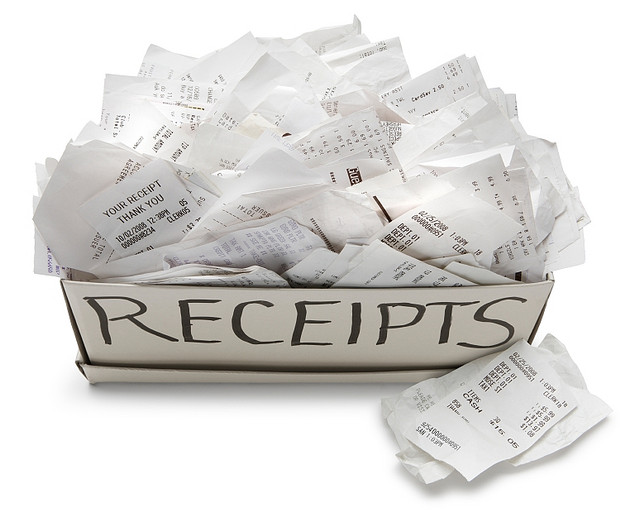
Tax Tips for Working At Home
When you work from home, tax time can be a little more complex than just filling out the information from your W-2, especially if you own your own business. There is a lot more to be considered but with a little organization and attention to detail, tax time can be significantly less stressful. Here are a few tips to help you breeze through tax season.
Put together a business log. Use a three ring binder, a few clear pocket inserts, and a notebook. Jot down a brief summary of your daily activity in the notebook and put any related receipts into the clear pockets so you have them all in one place for easy reference.
Keep your pay stubs. If you do freelance work and get paychecks from different places, keep a manila envelope and drop your pay stubs into it. If you don’t receive tax documents, you’ll have your pay stubs handy to tally your income.
Set up an email folder at the beginning of the year. Call it “Business Transactions (insert year)”. For the rest of the year, any email receipts you receive or other financial transactions that are documented through email, add to that folder. Come tax time you can print them out or check them against any physical documentation you may already have.

Keep track of anything business related in an excel file or format of your choice. Track your mileage, phone usage, parking fees, etc. Set up an appointment with yourself to make weekly updates to your files so your information will be as accurate as possible.
Know what you are eligible to deduct. Regular home phone lines are not deductible, but cell phone use for business or a 2nd phone line may be eligible. Fifty percent of your business meals can be deducted. A portion of your housing expenses can be deducted for your home office (be sure to carefully follow the guidelines outlined by the IRS). Even a portion of your internet service can be deducted for business use. There are also deductions for travel, insurance, fees for licenses and operating costs, supplies, child care, education, and publications specific to your line of work. Be sure to check with a tax professional or refer to IRS.gov for details regarding these deductions.
One of the most helpful things for me is to print out all of the IRS tax forms that I will be using (1040, Schedule C, etc.) and go through them line by line to see what applies to me and what doesn’t. Once I’ve found everything that applies to me, I compile the information and documentation one line at a time. Once I have everything together, I put it all in order according to line and then I fill out a fresh set of tax forms (I make notes on the first set). It takes a little bit of time but that extra step helps me ensure that I’ve got everything where it needs to be and the “filling out” part is much smoother.
Remember to always consult a tax professional with any questions you may have. Good luck this tax season. Wishing you many happy returns!
0



